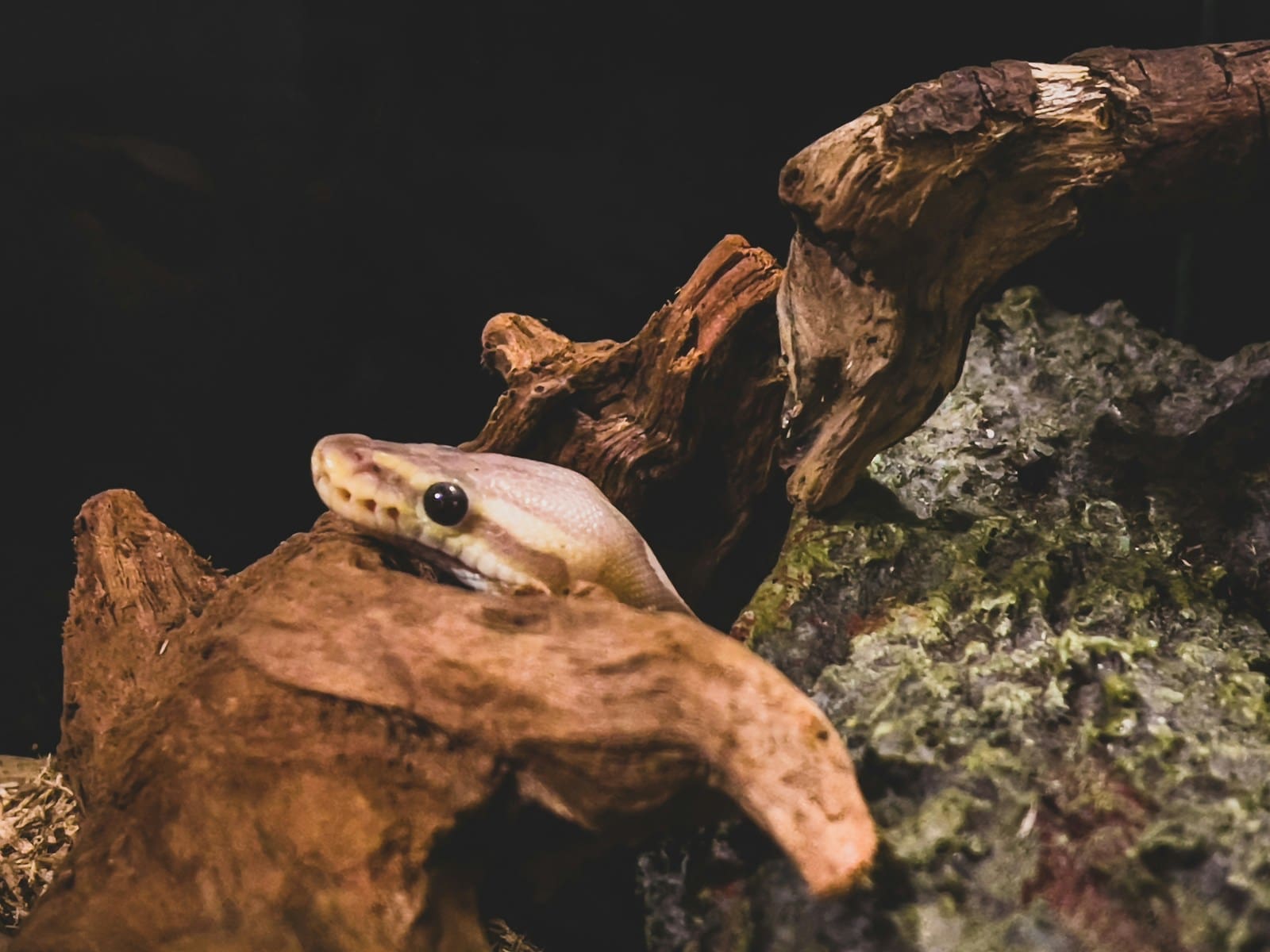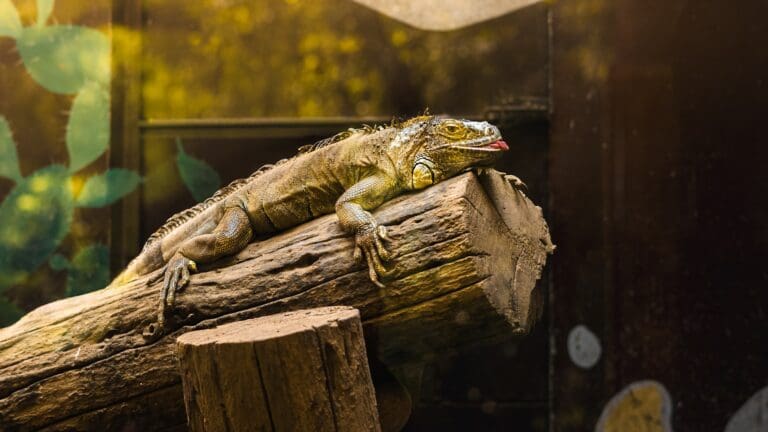Snakes are excellent pets, despite what some people with deep-seated fears of them think. With proper care and housing, they can be wonderful companions. Here are the ten most harmful myths about snakes that people somehow still hold.
Snakes Have No Bones
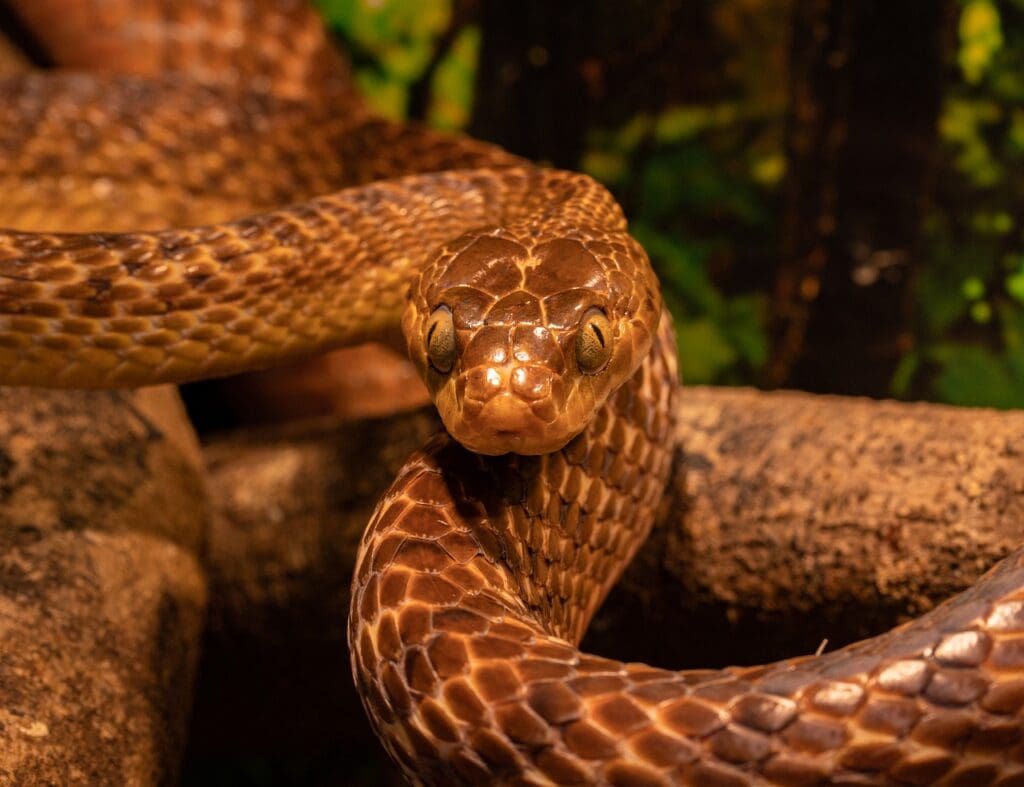
Snakes slither around on the ground using a very unique locomotion pattern. However, they’re not invertebrates, despite their wiggly movements. Most of their bones are spine and rib bones, given that they’re mostly a tube of scales with some pointy bits at the end.
They Only Eat a Few Times per Year
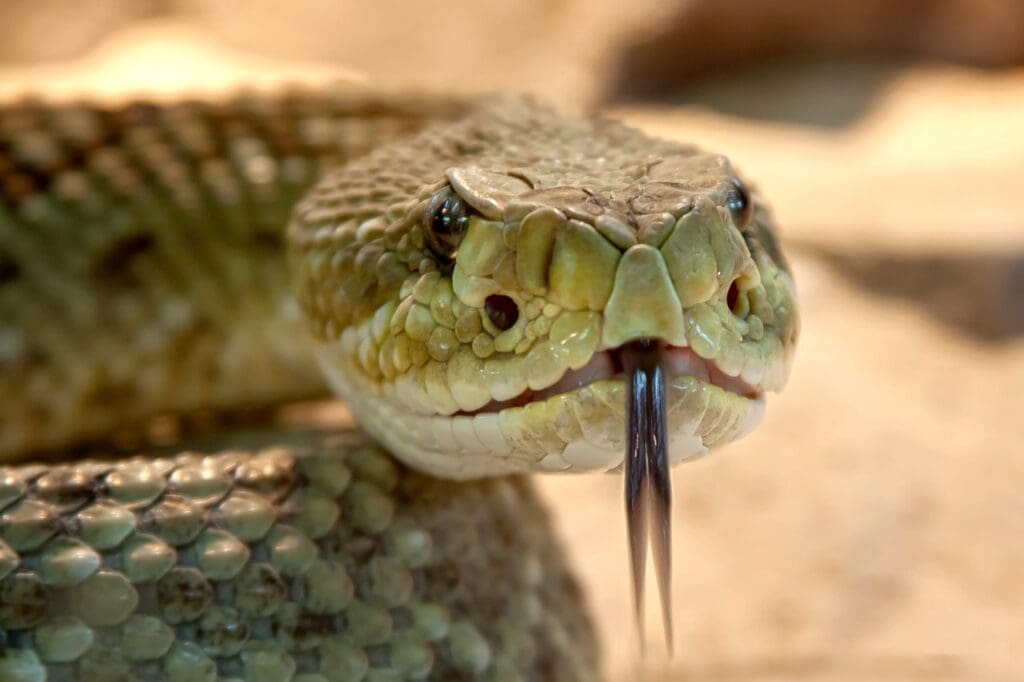
Snakes eat infrequently when compared to mammals, but they don’t eat once or twice per year. Depending on the snake, they need a meal around once every one to eight weeks. This allows their digestive system to rest as they go into natural “fasting” patterns. Any less frequent feeding than that can slowly starve them!
They Can be Vegetarian
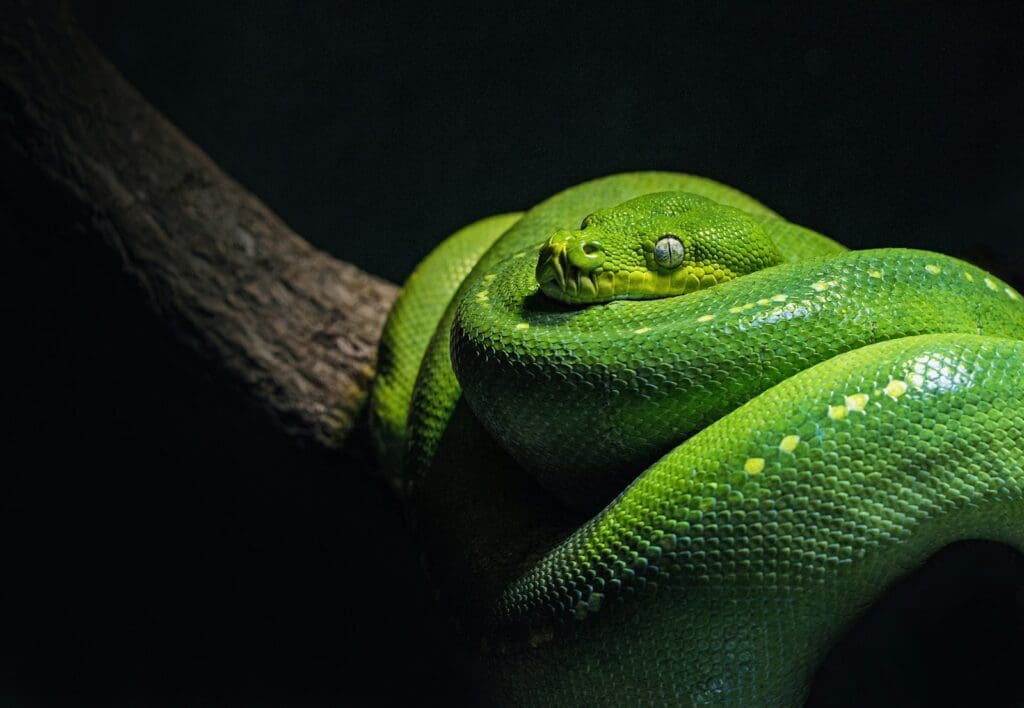
Snakes can’t be vegetarian. Their species is known as an “obligate carnivore,” meaning they need to eat other animals whole to get their required nutrition. Feeding them only vegetables is extremely bad for them and will lead to malnutrition. Please don’t adopt a snake if you plan to try to feed it a vegetarian diet.
All Venomous
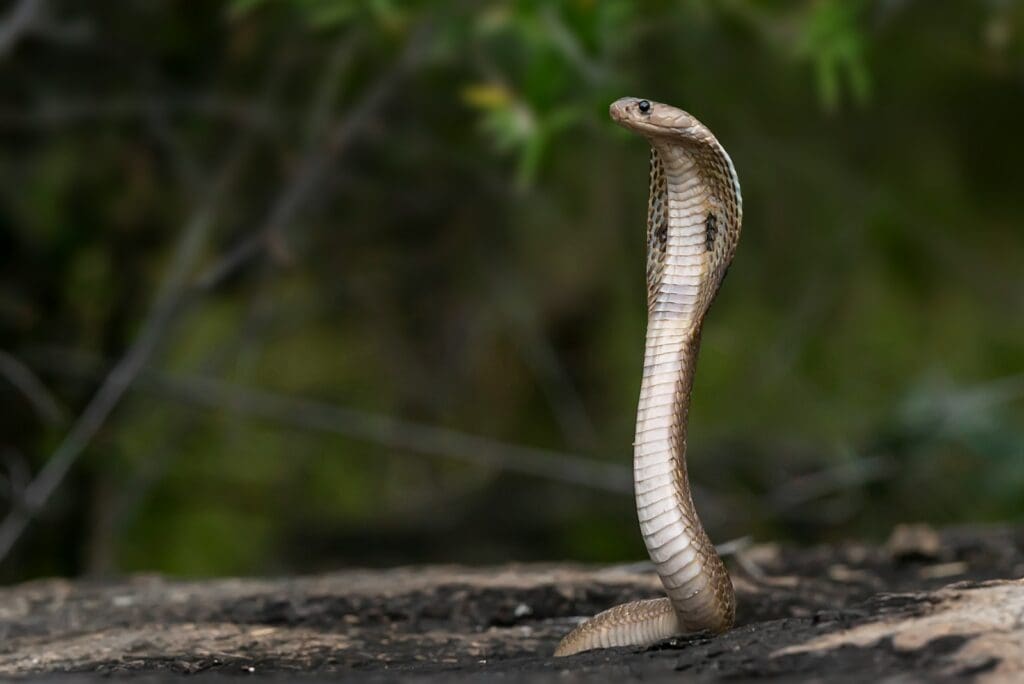
Snakes are not all venomous. Side note, no snakes are poisonous, as poison is something you ingest, not something that becomes injected into you like venom. Many snakes are born without venom glands and hunt with other methods, including constricting or simply swiftly striking their prey with their sharp teeth.
Legless Lizards
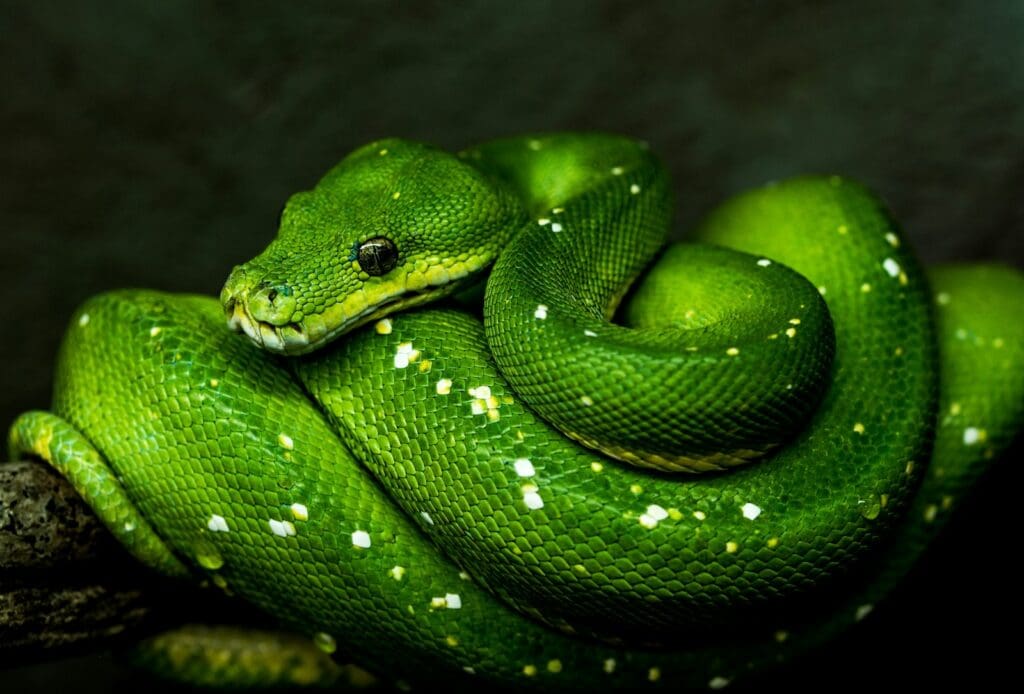
Some salamanders and small lizards might look a bit snake-like. While it’s true that these animals have some close common ancestors, that’s about as far as their relation goes. Snakes aren’t a “legless” breed of salamanders, they’re a distinct species with their own dietary needs, behavior patterns, and evolutionary history.
Chasing People
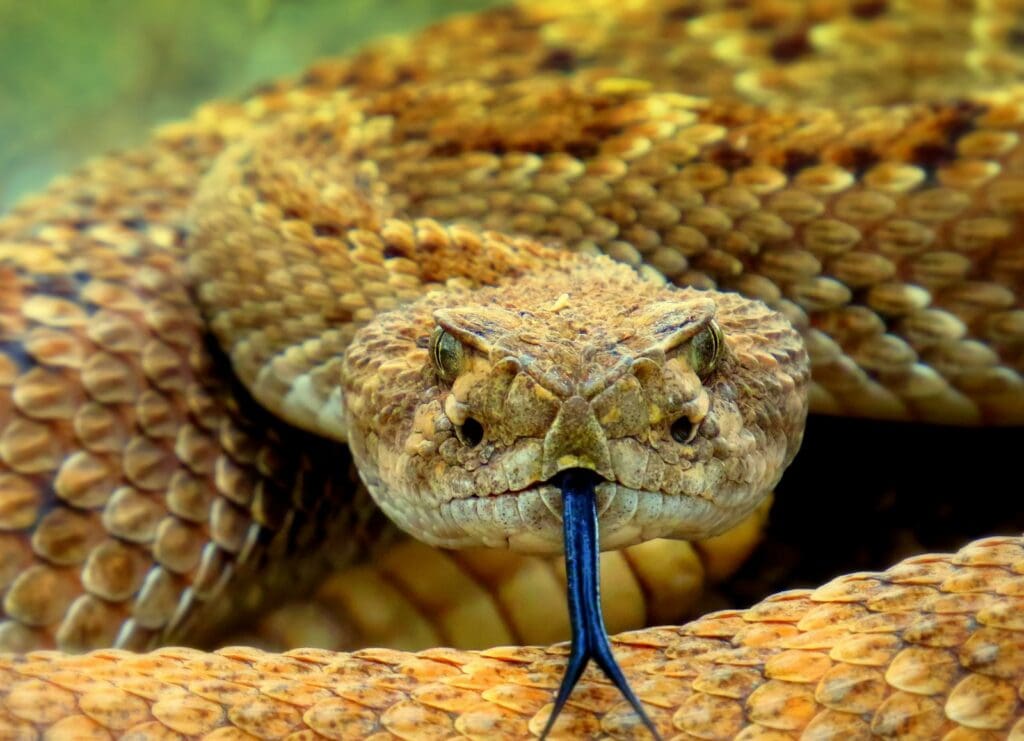
Snakes aren’t known for chasing people, despite a reputation for doing so. In fact, snakes run the other way when they encounter humans. They know that humans are larger, meaner, and much deadlier than any snake and they want nothing to do with us in the wild.
Releasing Them
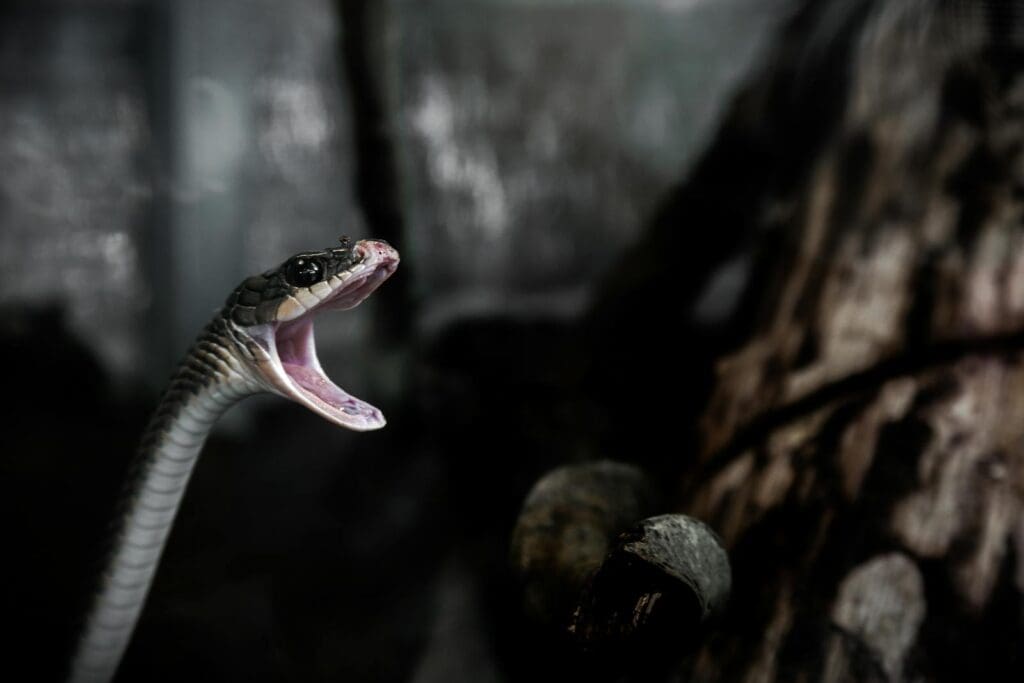
“When you don’t want a snake anymore, just dump them in the wild!” If you ever hear someone say this, gently inform them that domesticated reptiles are no more capable of surviving in the wilderness than a housecat or lapdog. Once a snake has learned to rely on humans for food and companionship, abandoning them outdoor is brutally inhumane and will lead to their tragic and avoidable early death.
Emotionless
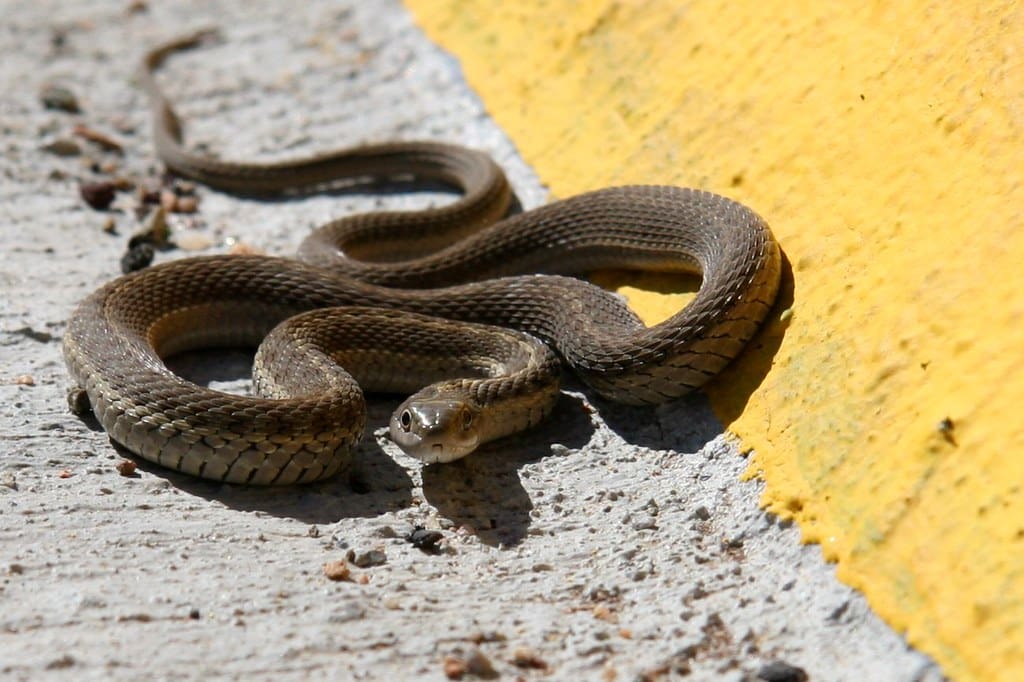
Snakes are not emotionless. Many snake owners will tell you that the opposite is true: they can actually be quite dramatic. Snakes have their own distinct personalities, preferences, and idiosyncrasies that make them fascinating and wonderful pets. They just express themselves a bit differently than mammals!
Read More: The 5 Best Lizards for First-Time Reptile Owners
Dangerous
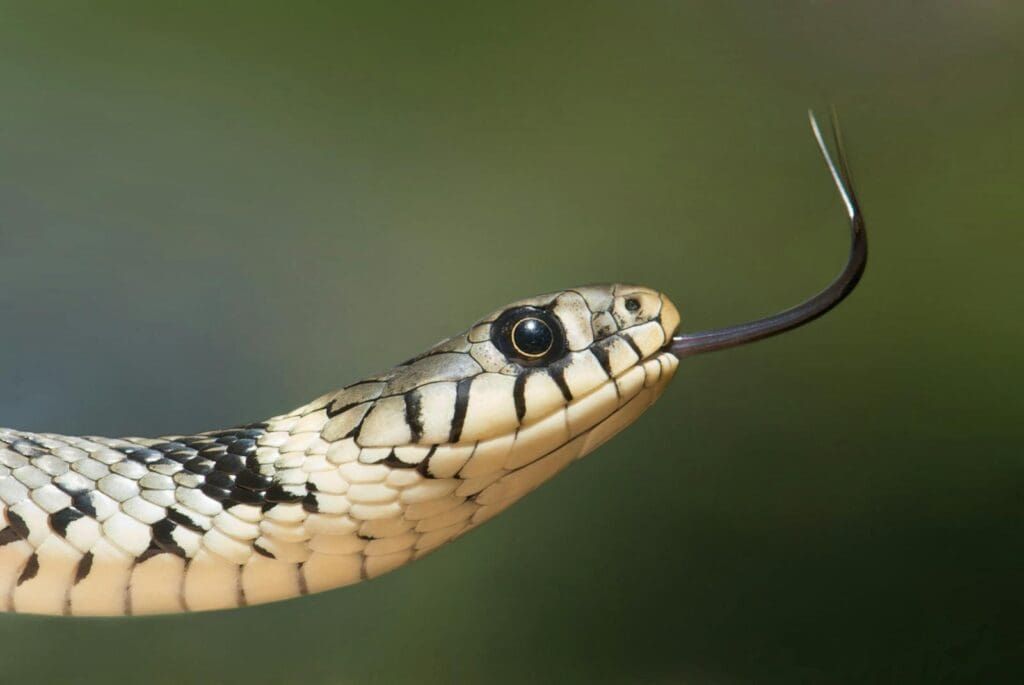
When properly handled and cared for, snakes are not dangerous. If you keep a non-venomous snake who is socialized to spend time around humans, you’ll find them to be gentle, sweet-natured pets. Just because they’re carnivores doesn’t mean they’re vicious! Cats and dogs are carnivores, too, you know.
Read More: Why Ball Pythons Are Great Beginner Snakes
Evil
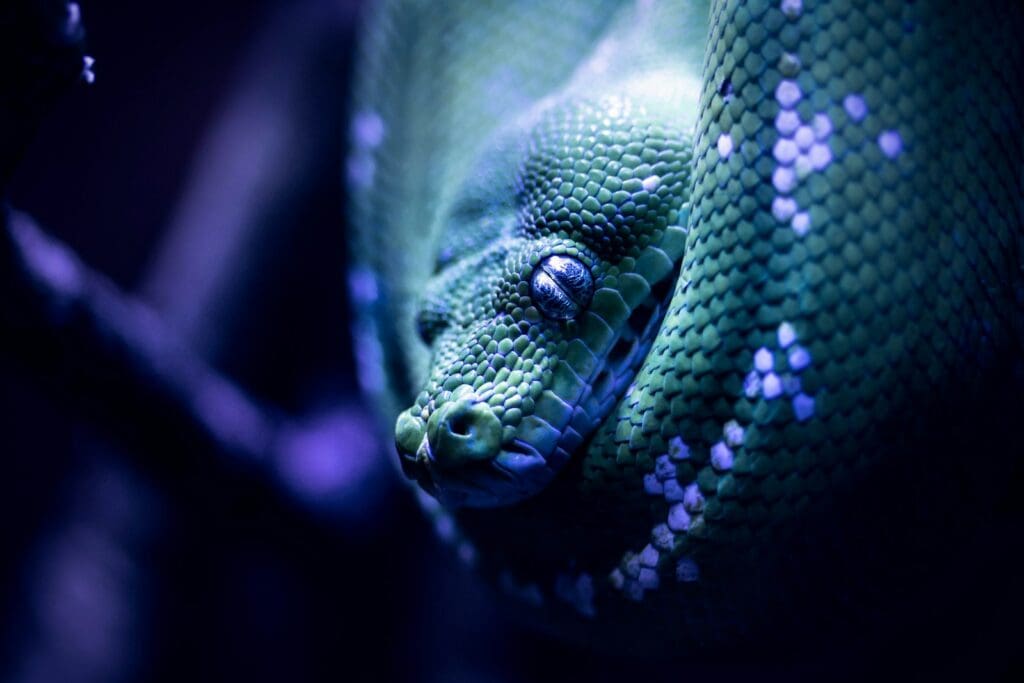
Snakes have been historically seen as a symbol of evil for roughly all of recorded history. But, let’s be honest, that’s a bit of an exaggeration. They’re noodle-shaped reptilian goofballs who like to eat mice and relax in the sun. Sure, they look scary when they’re lurking in tall grass. But they’re just normal animals who can make excellent pets with the right care.
Read More: The 10 Best Snakes for New Reptile Owners

